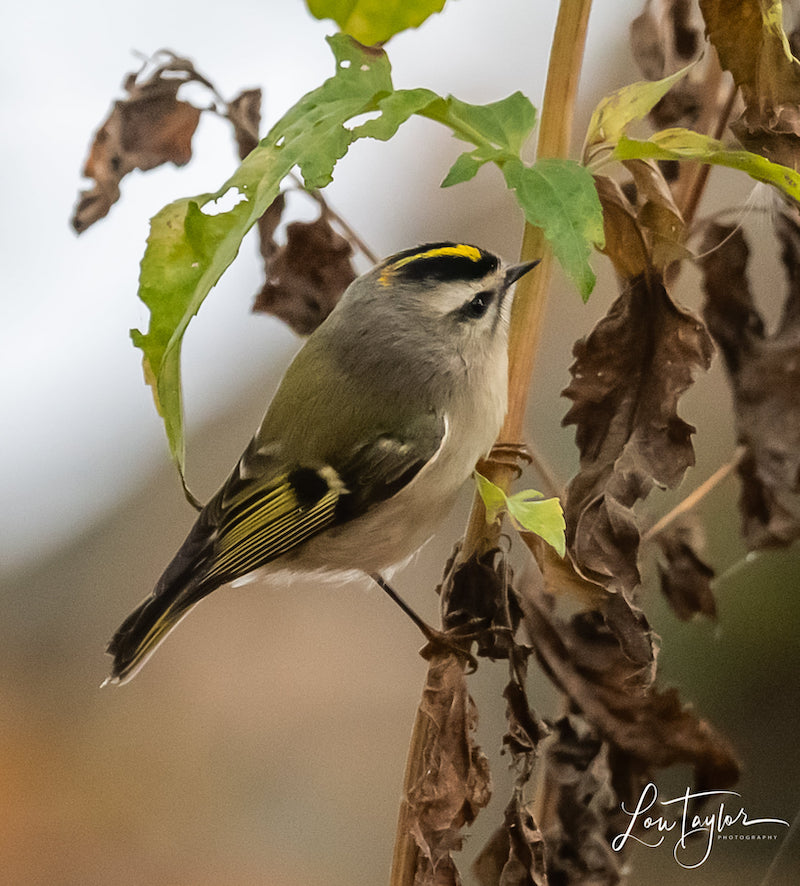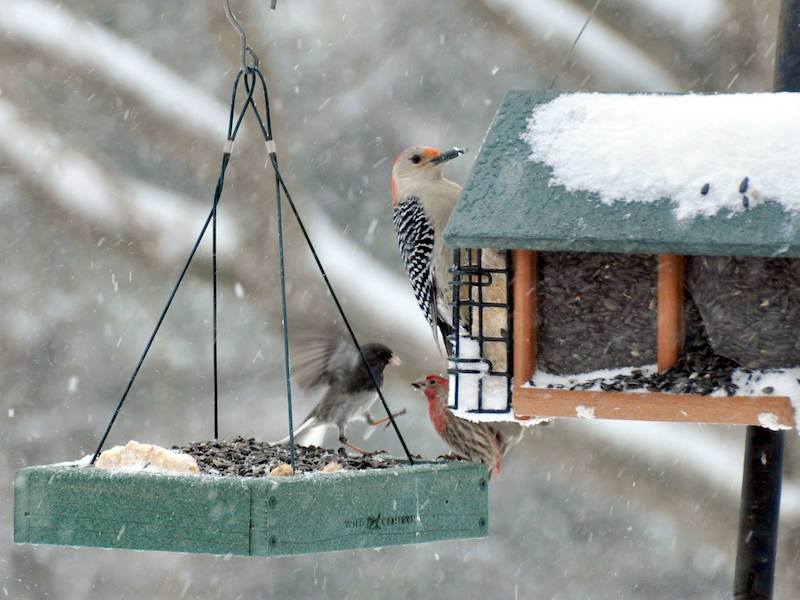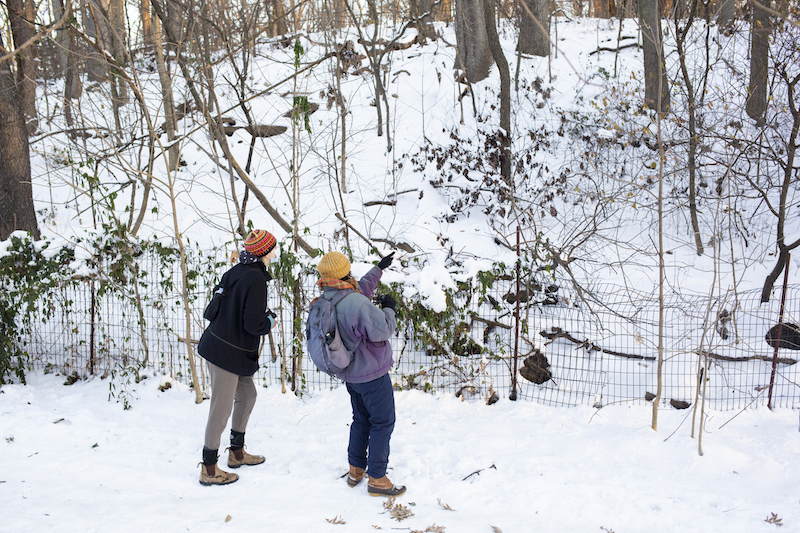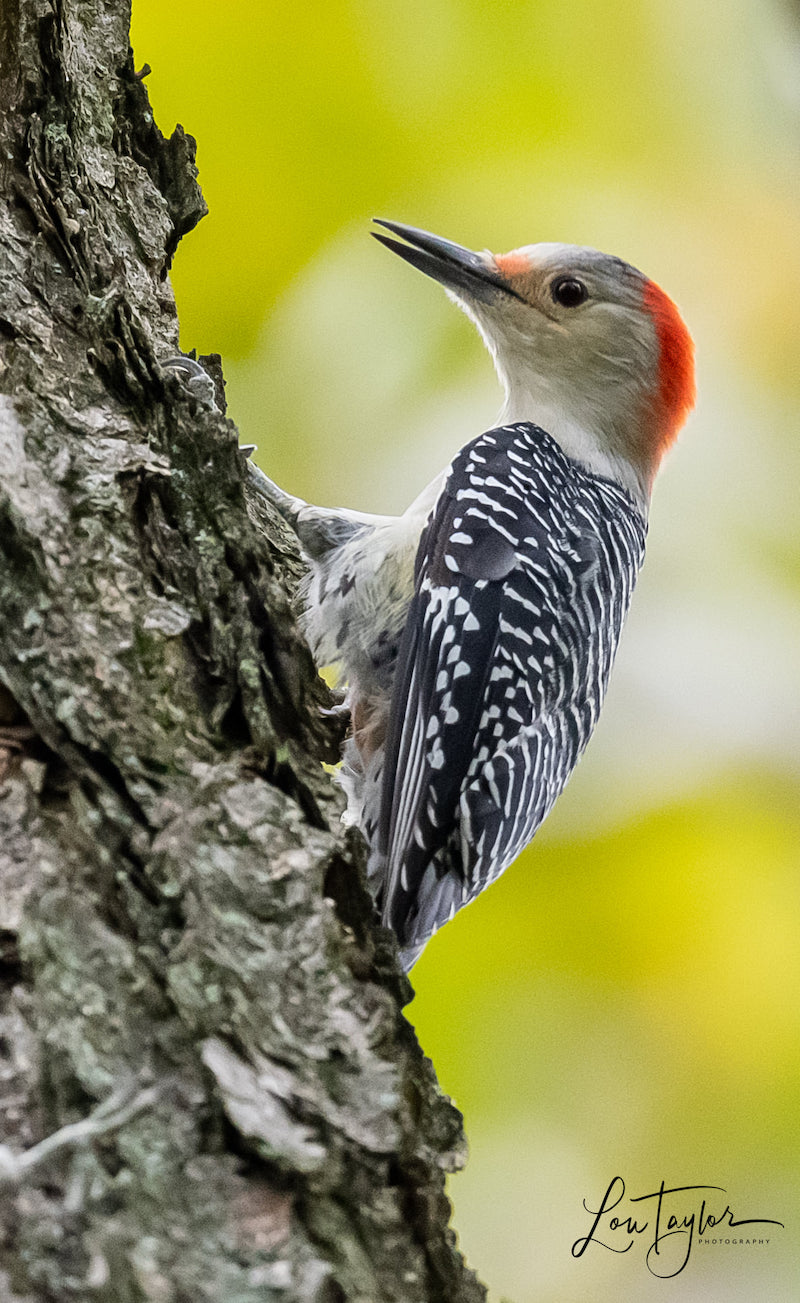
The Audubon Society’s Christmas Bird Count, CBC for short, is one of the longest-running citizen science projects. It had a modest beginning on Christmas Day in 1900 and has since become a strong data gathering project to study bird population trends. This year’s count, the 122nd, runs from December 14, 2021 – January 5, 2022.
EarthSky 2022 lunar calendars now available! They make great gifts. Order now. Going fast!
Audubon Christmas Bird Count – how it’s done
The CBC is a carefully run event. Each count site is a 15-mile (24 km) wide circle — you can see what it looks like by zooming in on this map to inspect a region near you. Counts for each circle are organized by a “circle compiler.” On the day of the count (set by the circle’s compiler), people head out to designated routes within a circle to count every species and numbers of birds that they see and hear during the day. If you live within the range of a count site, you can also tally the birds you see in your yard and at the feeder.

To participate in the count — it’s free — you need to sign up with a local circle compiler at the Audubon’s website. If you’re a beginning birder, you’ll be matched up with a more experienced birder. Make sure you register early, because the compiler will need time to organize the event.
Share your bird count photographs and experiences on social media with the hashtag #ChristmasBirdCount. We, here at EarthSky, would love to have you send us your photographs, too!

Audubon Christmas Bird Count history
In some parts of the US, there used to be bird-hunting competitions on Christmas Day. Frank M. Chapman, an ornithologist at the American Museum of Natural History, came up with an alternative, an activity to count birds in a given area each Christmas to build up a record of their numbers.
That first count was in 1900. Twenty-seven birders conducted counts at 25 sites, tallying about 89 bird species.
Since then, the CBC has come a long way. It’s continued annually since the inaugural event, growing in volunteers and census sites. The 120th CBC took place from December 14, 2019, to January 5, 2020. That count occurred at 2,646 locations, with 81,601 volunteers in the US, Canada, Latin America, the Caribbean and Pacific Islands. Volunteers observed a total of 2,566 bird species.

What have we learned from these counts?
Audubon and other research groups use the CBC data to monitor population trends that will help guide conservation efforts. To date, scientists have published more than 300 peer-reviewed studies based on CBC data. The data is also used by federal agencies to craft policy on bird conservation.
Each annual count provides a snapshot of the birds at a given time and place. It’s hard to draw conclusions from one year to the next, because changes happen gradually. To understand trends, scientists do a statistical analysis of data taken over several years.
Warning signs of environmental degradation show up in declines in bird populations in some types of habitats. For instance, the sharpest declines in bird populations have been in grassland habitats, followed by coastal habitats.
Bird census data also informs scientists about the effects of climate change on wildlife. In a 2014 report, National Audubon predicted how the ranges of 588 species of birds in North America could be affected by climate change. They concluded that more than 314 species could lose over 50% of their current climatic range by 2080.

Bottom line: Audubon’s 122nd Christmas Bird Count will take place from December 14, 2021, to January 5, 2022. You can join in to help collect important data about birds.
The post Audubon Christmas Bird Count starts December 14 first appeared on EarthSky.
from EarthSky https://ift.tt/31jNvsh

The Audubon Society’s Christmas Bird Count, CBC for short, is one of the longest-running citizen science projects. It had a modest beginning on Christmas Day in 1900 and has since become a strong data gathering project to study bird population trends. This year’s count, the 122nd, runs from December 14, 2021 – January 5, 2022.
EarthSky 2022 lunar calendars now available! They make great gifts. Order now. Going fast!
Audubon Christmas Bird Count – how it’s done
The CBC is a carefully run event. Each count site is a 15-mile (24 km) wide circle — you can see what it looks like by zooming in on this map to inspect a region near you. Counts for each circle are organized by a “circle compiler.” On the day of the count (set by the circle’s compiler), people head out to designated routes within a circle to count every species and numbers of birds that they see and hear during the day. If you live within the range of a count site, you can also tally the birds you see in your yard and at the feeder.

To participate in the count — it’s free — you need to sign up with a local circle compiler at the Audubon’s website. If you’re a beginning birder, you’ll be matched up with a more experienced birder. Make sure you register early, because the compiler will need time to organize the event.
Share your bird count photographs and experiences on social media with the hashtag #ChristmasBirdCount. We, here at EarthSky, would love to have you send us your photographs, too!

Audubon Christmas Bird Count history
In some parts of the US, there used to be bird-hunting competitions on Christmas Day. Frank M. Chapman, an ornithologist at the American Museum of Natural History, came up with an alternative, an activity to count birds in a given area each Christmas to build up a record of their numbers.
That first count was in 1900. Twenty-seven birders conducted counts at 25 sites, tallying about 89 bird species.
Since then, the CBC has come a long way. It’s continued annually since the inaugural event, growing in volunteers and census sites. The 120th CBC took place from December 14, 2019, to January 5, 2020. That count occurred at 2,646 locations, with 81,601 volunteers in the US, Canada, Latin America, the Caribbean and Pacific Islands. Volunteers observed a total of 2,566 bird species.

What have we learned from these counts?
Audubon and other research groups use the CBC data to monitor population trends that will help guide conservation efforts. To date, scientists have published more than 300 peer-reviewed studies based on CBC data. The data is also used by federal agencies to craft policy on bird conservation.
Each annual count provides a snapshot of the birds at a given time and place. It’s hard to draw conclusions from one year to the next, because changes happen gradually. To understand trends, scientists do a statistical analysis of data taken over several years.
Warning signs of environmental degradation show up in declines in bird populations in some types of habitats. For instance, the sharpest declines in bird populations have been in grassland habitats, followed by coastal habitats.
Bird census data also informs scientists about the effects of climate change on wildlife. In a 2014 report, National Audubon predicted how the ranges of 588 species of birds in North America could be affected by climate change. They concluded that more than 314 species could lose over 50% of their current climatic range by 2080.

Bottom line: Audubon’s 122nd Christmas Bird Count will take place from December 14, 2021, to January 5, 2022. You can join in to help collect important data about birds.
The post Audubon Christmas Bird Count starts December 14 first appeared on EarthSky.
from EarthSky https://ift.tt/31jNvsh

Aucun commentaire:
Enregistrer un commentaire